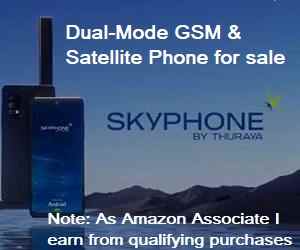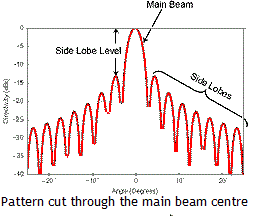Satellite Internet Forum.
Welcome, Guest. Forum rules.To search this site click here > SATSIG search
| Home Login Register |
| Satellite Internet forum › LinkStar Forum: VSAT hubs and terminals › Interference on adjacent satellite |
|
Pages: 1
|
Interference on adjacent satellite(Read 8747 times) |
|
aloyceomondi
Member
★★ Offline Posts: 3 |
Jun 11th, 2010 at 8:04am
|
| Back to top |
« Last Edit: Jun 16th, 2010 at 9:51am by Admin1 »
IP Logged
|
|
Oasis Networks
Senior Member
★★★ Offline Posts: 232 |
Reply #1 - Jun 11th, 2010 at 9:01am
|
| Back to top |
« Last Edit: Jun 16th, 2010 at 9:51am by Admin1 »
www.oasisnetworks.net - Oasis Networks - Online with you!
IP Logged
|
|
Eric Johnston
Senior Member
★★★ Offline Posts: 2109 |
Reply #2 - Jun 11th, 2010 at 10:45am
|
| Back to top |
« Last Edit: Jun 12th, 2010 at 8:31pm by Eric Johnston »
IP Logged
|
|
aloyceomondi
Member
★★ Offline Posts: 3 |
Reply #3 - Jun 11th, 2010 at 12:57pm
|
| Back to top |
« Last Edit: Jun 16th, 2010 at 9:52am by Admin1 »
IP Logged
|
|
Oasis Networks
Senior Member
★★★ Offline Posts: 232 |
Reply #4 - Jun 12th, 2010 at 12:03pm
|
| Back to top |
www.oasisnetworks.net - Oasis Networks - Online with you!
IP Logged
|
|
aloyceomondi
Member
★★ Offline Posts: 3 |
Reply #5 - Jun 15th, 2010 at 5:29am
|
| Back to top |
IP Logged
|
|
abbas89
Member
★★ Offline Posts: 36 Pakistan |
Reply #6 - Jun 16th, 2010 at 5:44am
|
| Back to top |
IP Logged
|
|
Pages: 1
|
Email me: eric@satsig.net
Powered by YaBB 2.5.2!
YaBB Forum Software © 2000-. All Rights Reserved.
Disclaimer, Terms of Use and Privacy Forum User Agreement Forum rules Cookie policy.



